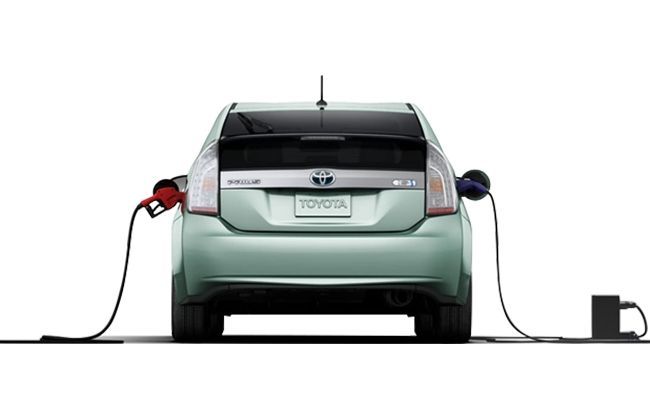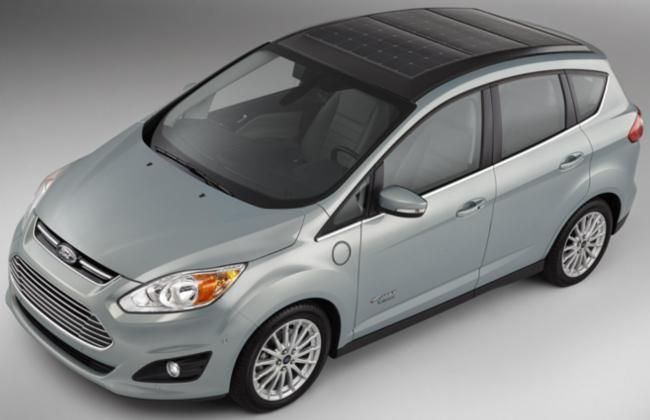Technology Decoded: Hybrid Electric Vehicles (HEV)
Modified On Feb 24, 2016 03:43 PM By Sahib
- Write a comment

A Hybrid Electric Vehicle (HEV) must have at least two modes of propulsion, like diesel/electric or gasoline/electric or fuel cell/battery etc. Success or failure of a hybrid vehicle is based on how well the control system integrates, distributes, and manages the power from two different sources. They are inherently more expensive because of extra components when compared to a conventional vehicle that runs on an internal combustion engine (ICE).
Background/Development:
- Lohner-Porsche Mixte was the first hybrid vehicle, built in 1899 by Ferdinand Porsche. It used a gasoline engine to supply power to an electric motor which finally powered the vehicle.
- Toyota introduced the Prius in Japan, in 1997, as the world’s first car based on gas/electric hybrid concept.
- In 1999, Honda Insight became the first mass-produced HEV in the US.
- The Ford Escape is the first ever SUV hybrid.
Technology Explained:
Depending on how the engine, generator, batteries and electric motors are arranged, there are different configurations of HEV:
- Parallel Hybrid
- Series Hybrid
- Mixed Hybrid
1. Parallel Hybrid:
In a parallel hybrid, both the engine and electric motor are connected to the transmission, so that both power sources can supply energy to the transmission independently or simultaneously. In this layout, the engine always keeps charging the battery while driving the vehicle. Regenerative Braking concept is also used to charge the battery. If the battery is dead, vehicle is powered purely by the gasoline engine. This is clearly not as efficient as running the vehicle in hybrid mode.

In mild hybrid cars, the electrical motor is used only when additional power is needed, otherwise it is only the engine that provides most of the power.
2. Series Hybrid:
In a series hybrid, the engine power is applied to a generator to produce electric power, which is then used to either charge the batteries or directly power an electric motor, so that it can drive the wheels. In this configuration, engine is never used to directly supply power to the transmission.

The DC output of the battery is varied as required and then converted into AC with the help of DC-AC inverter. One of the disadvantages is that the generator needed is a heavy, component. The generator is sometimes called an alternator/rectifier.
3. Series-Parallel Hybrid:
This configuration combines the design of series and parallel hybrid powertrains. Power from engine and motor is fed into power-splitting device(controller) that controls and decides which unit needs to power the vehicle. The engine as well as the motor can power the car together or individually. At lower speeds, the electric motor alone powers the car and the engine is cut off.
Advantages of Hybrid Electric Vehicles:
- Low exhaust emission levels.
- Batteries need not be charged by external source except in Plug-in Hybrid Electric Vehicle (PHEV). PHEV can be plugged into an electric power source to charge the battery. e.g- Toyota Prius PHEV.
- Better mileage.
- No start-stop problems.
Disadvantages of Hybrid Electric Vehicles:
- Bulky and heavy.
- Requires more complicated control systems.
- Expensive when compared to conventional variants available in market.
Watch this video for better understanding of HEV:










